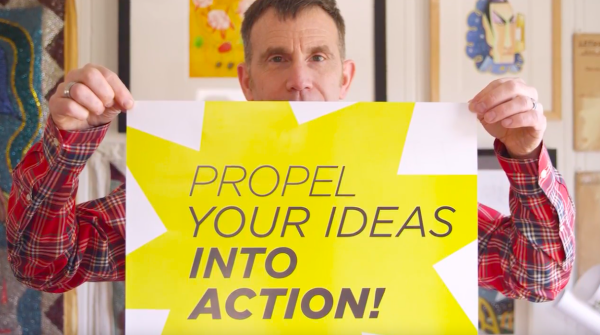
Recognition
2017 AIGA Medal
Born
1959, Olympia, Washington
By Scott Kirkwood
September 1, 2017
Recognized for his singular dedication to diversity in design and his tenacity in funding minority and economically disadvantaged design students.
Years before the concept of social impact design existed, Mark Randall was gaining an appreciation for its need in the world. Growing up in the Pacific Northwest, he hiked through the lush forests of Washington, witnessing the effects of clear-cutting from the back seat of the family station wagon, and watched countless PSAs featuring Woodsy Owl. Now Randall has become a leader in the emerging field, using design to advance environmental and social causes.
Randall attended the University of Washington with the intention of studying classical music, but he abandoned the French horn, took classes in design basics and drawing, and eventually gained acceptance to the school’s elite design program. Upon graduating he quickly landed a job at Whitehouse & Katz in New York, and then Vignelli Associates, where one of his colleagues was Michael Bierut.
After striking out to pursue freelance work in 1988, Randall got a call from David Sterling, who needed a logo for a new social-impact agency he hoped to create. In 1995 the two founded Worldstudio, Inc., which would count among its clients Adobe, W.K. Kellogg Foundation, the City of New York, The Metropolitan Opera, and Times Square Alliance, among others. That same year Randall and Sterling created the nonprofit Worldstudio Foundation, which has awarded more than $1 million in college scholarships to more than 700 students.
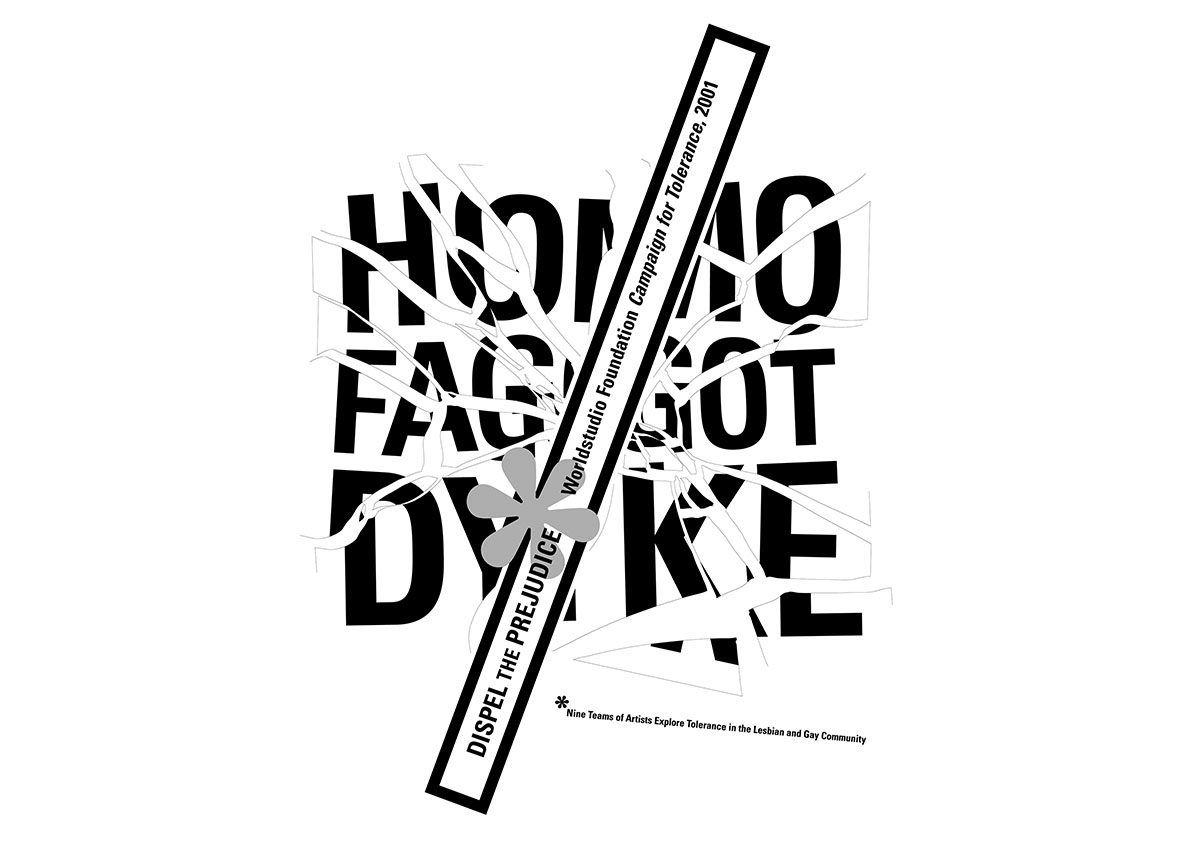
“Dispel the Prejudice” Cover, 2000: Dispel the Prejudice paired LGBTQ high school students with professional designers and photographers to create a newspaper that expressed their views and experiences to their straight peers. Newspapers were distributed to gay-straight alliance youth groups across the country to spark a discussion about tolerance.
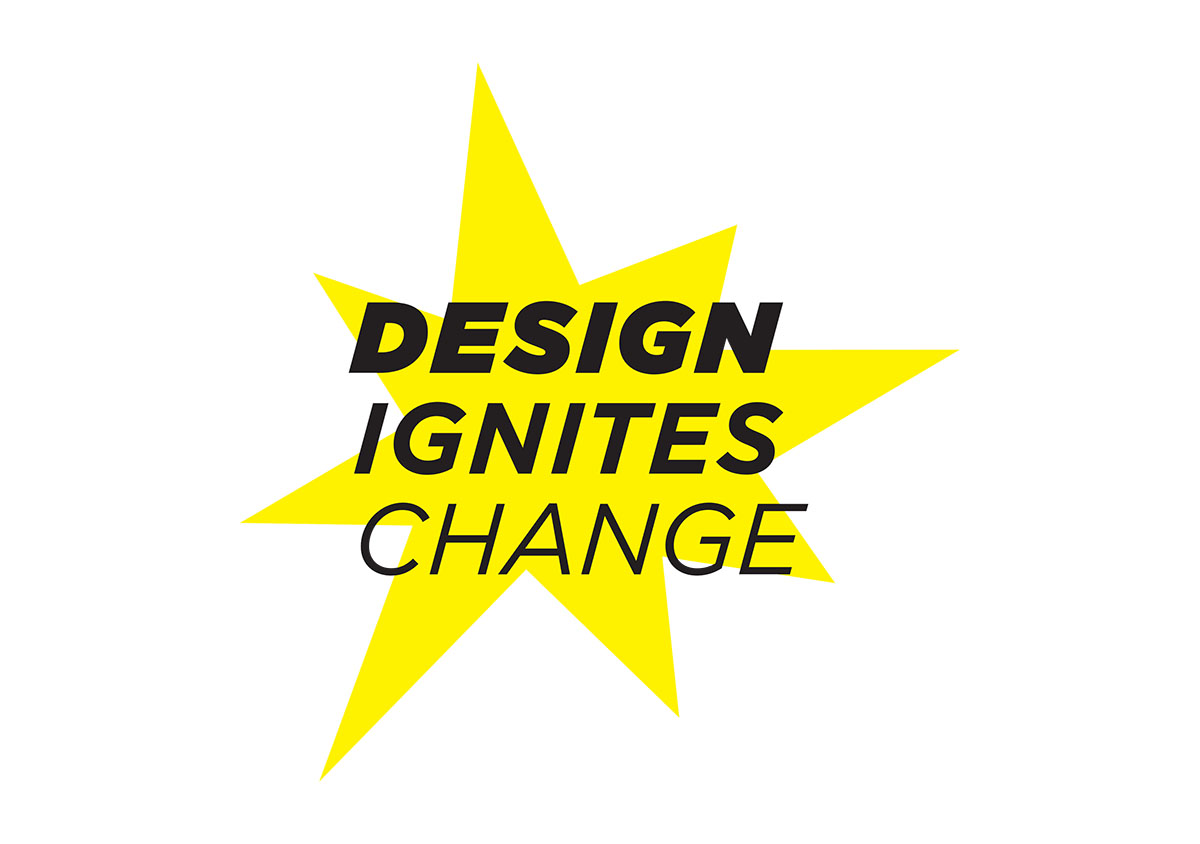
Design Ignites Change, 2009–Present: Began as a partnership with Adobe Foundation, supporting creative professionals and students who use design thinking to improve lives and address global and community issues. The multifaceted initiative strengthens the field of social impact design through financial support, education, and visibility.
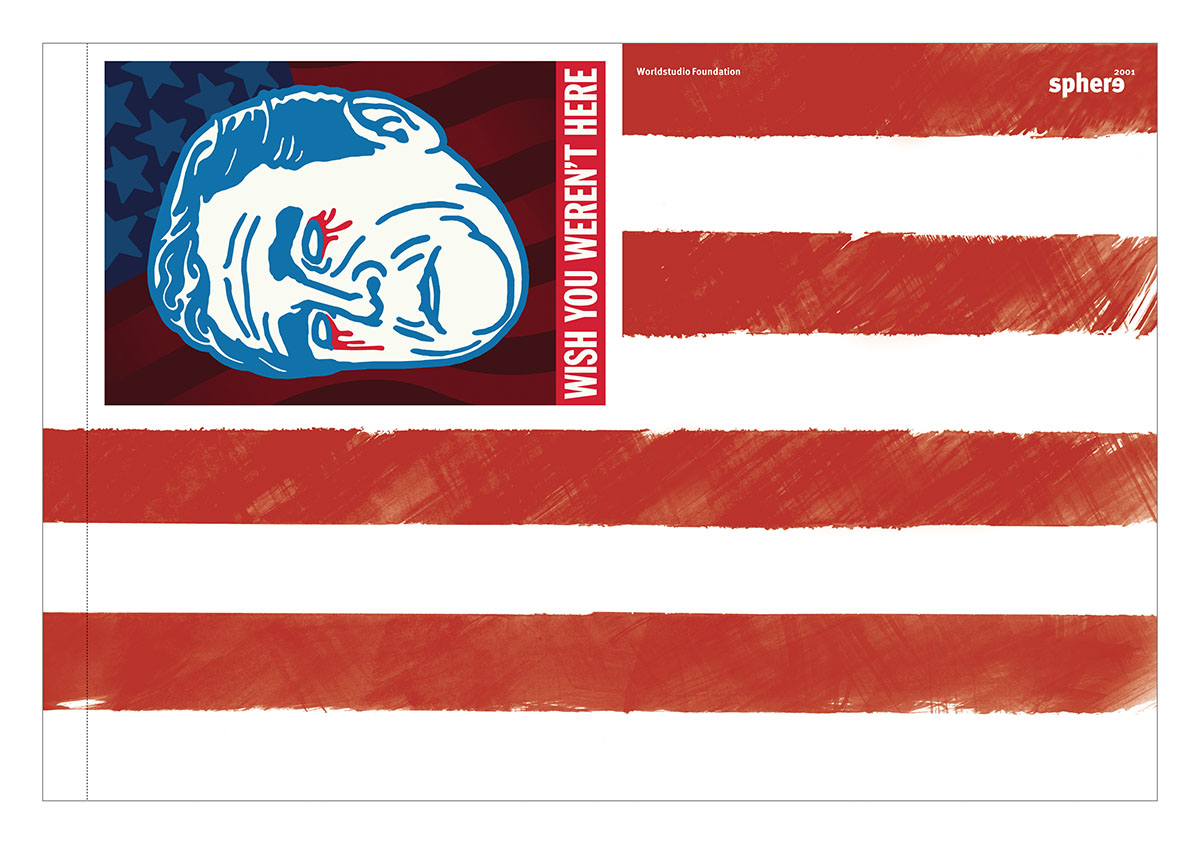
“Sphere,” 2001: The “Postcards to the President” issue of “Sphere” critiquing George W. Bush was released just days before 9/11.
It started with a magazine called Sphere, which featured articles about artists and designers who incorporated a social agenda into their work. “We created Sphere for two reasons,” says Randall. “To learn more about what people were doing in this area, and to create a public dialogue around social-impact work, which the mainstream design media wasn’t covering.” Randall and Sterling had no budget, so they persuaded Gilbert Paper Company to sponsor the first issue, and Sappi and others followed. Soon, 15,000 readers received every issue, including “Postcards for the President,” which invited more than 20 artists, including David Byrne, James Victore, Saki Mafundikwa, and Rhonda Rubinstein to craft critical messages for George W. Bush. The issue just happened to land on thousands of desks on September 11, 2001.
Worldstudio Foundation continues to leverage celebrity designers and corporate sponsors for its scholarship fund in order to provide mentoring opportunities, as well as link the scholastic awards to larger initiatives.
“In the mid-1990s we thought, ‘We don’t want to just make groovy posters about social issues—we want to create programs that have an impact on people’s lives, and we want to serve the creative community, our own constituency,’ ” says Randall. “At the time, there was a lot of discussion about the lack of diversity in the creative professions, but not a lot of action. So we decided to create a scholarship and support minority students and also students who were incorporating a social agenda into their work.” Many Worldstudio scholarship recipients have gone on to experience enormous success, including designer Eddie Opara (now at Pentagram), graphic novelist Dash Shaw, and artist Mika Tajima.
“Mark has been hugely influential in bringing minorities and diversity to our field,” says Bonnie Siegler, founder of design studio Eight and a Half. “If the field of graphic design is going to survive, we need a diverse group of professionals that represents what America looks like—from race to economic diversity—and Mark has changed things single-handedly.”
Not only has Randall delivered results, he has also redefined what design can and should do. “Mark helped many of us realize that not all design is the creation of a physical artifact for a client,” says Antionette Carroll, CEO of Creative Reaction Lab, who considers Randall a mentor. “He showed us there are ways to create change and rally communities without sitting in front of a computer, and he taught us the importance of building relationships to solve bigger problems.”
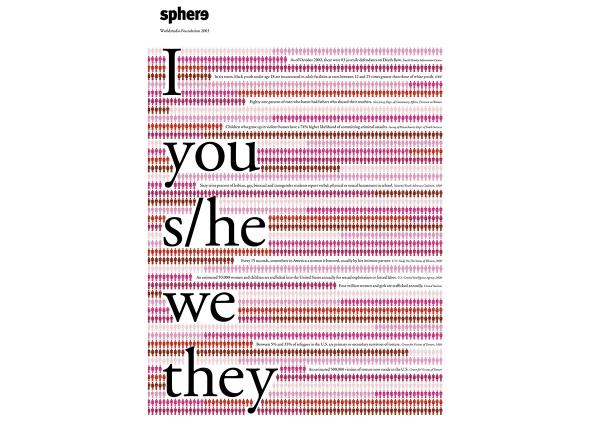
“Sphere,” 2003: From 1995 to 2003, Worldstudio Foundation published “Sphere” magazine, highlighting artists, architects, and designers who incorporate a social agenda into their work.
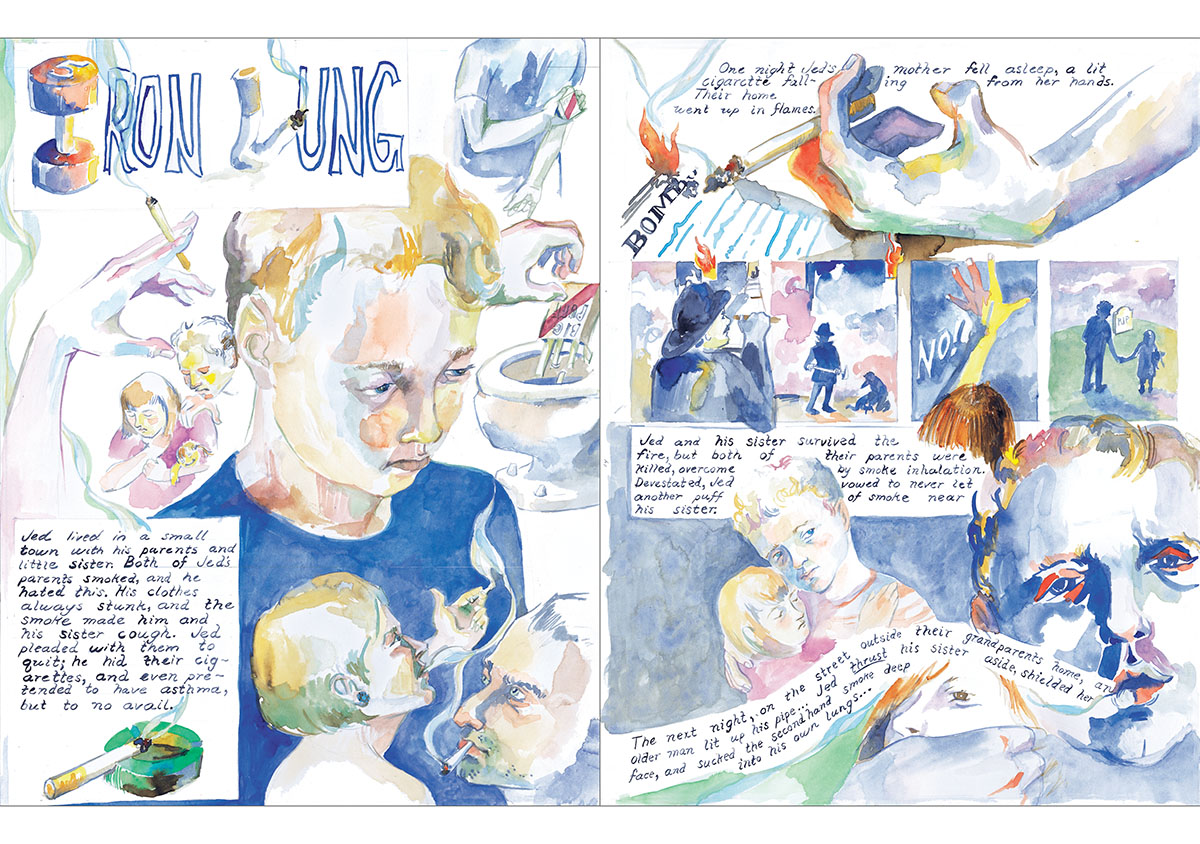
“Everyday People Can Lead Extraordinary Lives,” 2002–2005: Worldstudio created a program to award college scholarships to illustration students, celebrating the W.K. Kellogg Foundation’s 75th anniversary. Fourteen selected students were paired with professional illustrators to produce an oversized comic book on the theme of giving back to one’s community. Worldstudio produced 150,000 copies, which were distributed to schools nationwide.
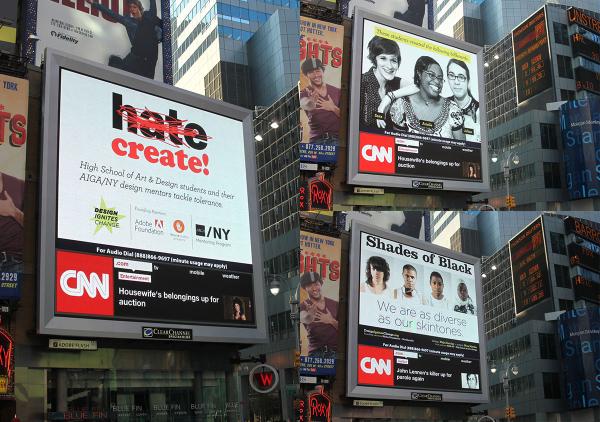
Create! Don’t Hate, 2010: Part of the Design Ignites Change initiative, the program paired professional designers or college mentors with high school students to create posters that dealt with issues of tolerance. Six billboards from NYC’s High School of Art and Design students were displayed in Times Square.
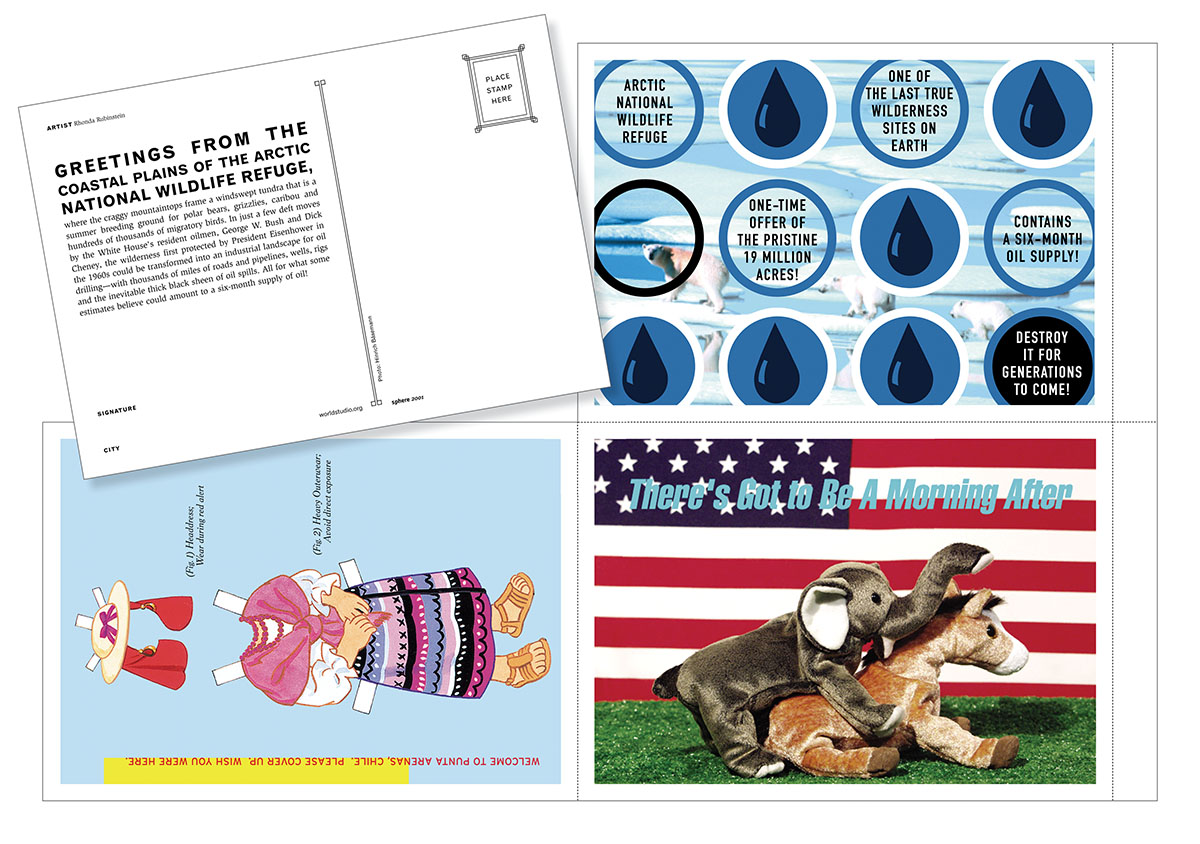
“Sphere,” 2001: The “Postcards to the President” issue of “Sphere” critiquing George W. Bush was released just days before 9/11.
When Steven Heller decided he wanted to turn New York City into a laboratory for design with a focus on social impact, he had only one person in mind to lead the project. Heller and Randall created Impact! Design for Social Change, an annual summer program at the School of Visual Arts, which shows participants how to develop and implement their own socially-minded projects, while learning to collaborate with community members and navigate complex social, political, and cultural factors.
“Mark has never simply made things for their own sake, and he never engaged in social impact design because it was fashionable—for him it was a calling, one that was expressed through graphic design,” says Heller.
A true Renaissance man, Randall is fascinated with music, travel, and culture, and has two unusual hobbies—kickboxing and beekeeping. “Bees are the ultimate designers,” he says. “Aside from the fact that they make natural honeycomb which is an incredible feat of engineering—resilient, strong, and extraordinarily beautiful—they work for the collective good of the community; it’s very utopian.”
Randall has done his best to extend nature into our nation’s biggest cities with the Urban Forest Project: Hundreds of artists and designers from 21 countries, created banners inspired by trees as a metaphor for sustainability; they took over Times Square and organically expanded to Albuquerque, Baltimore, Denver, Washington, D.C., and several other cities. At the close of each exhibition the banners were recycled into tote bags and auctioned to raise money for local education and environmental causes.
Even as the nation is divided on many fronts, Randall is able to focus his energies on serious problems, while remaining surprisingly optimistic. “I try to put a positive spin on everything because what choice do you have? We can be miserable or we can take our unhappiness and channel it into doing something good.” To that end he’s been collaborating with Dallas’ Make Art with Purpose to create a dialogue between artists, designers, and experts around issues of equity and social justice.
“As graphic designers, architects, fashion and industrial designers, illustrators, and photographers, we create the material world, and because of that, we have a tremendous responsibility to do it in a mindful way,” says Randall, who has been excited to see social impact design gain attention in recent years. “I’m all for capitalism, as you can see from Worldstudio’s client list, but beyond that, there is room for designers to have an impact on the world. We can make the world a better place, and I don’t want to be the only one out there doing it.”
-
1959 Born in Olympia, Washington
-
1984 Graduates from University of Washington, B.F.A. Graphic Design
-
1984 Hired as designer with Whitehouse & Katz
-
1986 Hired as designer with Vignelli Associates
-
1988 Establishes Mark Randall Design, focusing primarily on contemporary dance, fashion, and restaurant clients
-
1994 Begins publishing Sphere magazine, highlighting artists, architects, and designers who incorporate a social agenda into their work
-
1995 Cofounds Worldstudio, Inc., with David Sterling, a strategy and communications firm with a focus on civic and nonprofit organizations
-
1995 Cofounds Worldstudio Foundation, the first nonprofit in the United States devoted exclusively to encouraging social responsibility in the design and arts professions; launches the Worldstudio Foundation Scholarship Program
-
2005 Begins collaborating with AIGA to implement the Worldstudio Foundation scholarship program
-
2006 Launches Urban Forest Project, a public arts initiative that invites local artists and designers to employ the idea or form of a tree to create street-banners displayed in Times Square and several other cities
-
2006 Named an AIGA national board member
-
2009 Conceives and launches Design Ignites Change to support creative professionals and students who want to make a difference in their communities
-
2010 Cofounds Impact! Design for Social Change at School of Visual Arts with Steven Heller
Sources
Walker, Alissa. “The Urban Forest Project: Companies Fund Public Art, Which Funds Non-Profits.” Fast Company, October 6, 2009.
Worldstudio. “Urban Forest Project.” Accessed January 30, 2017. http://worldstudioinc.com/social-initiatives/case-studies/urban-forest-project/.